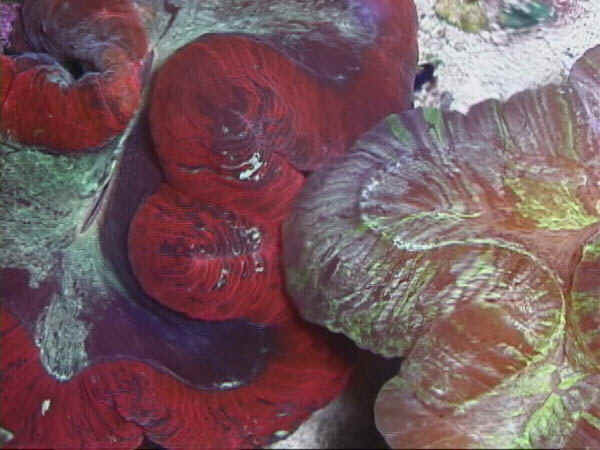Somethings I have been mulling over for a while.
Why does hydrogen and oxygen prefer to be bonded as H2O rather than H2O2?
If I understand Carbonate hardness/alkalinity correctly, it is a measure of the water's ability to resist changes in pH caused by the addition of acid, is that correct?
Why does hydrogen and oxygen prefer to be bonded as H2O rather than H2O2?
If I understand Carbonate hardness/alkalinity correctly, it is a measure of the water's ability to resist changes in pH caused by the addition of acid, is that correct?

















